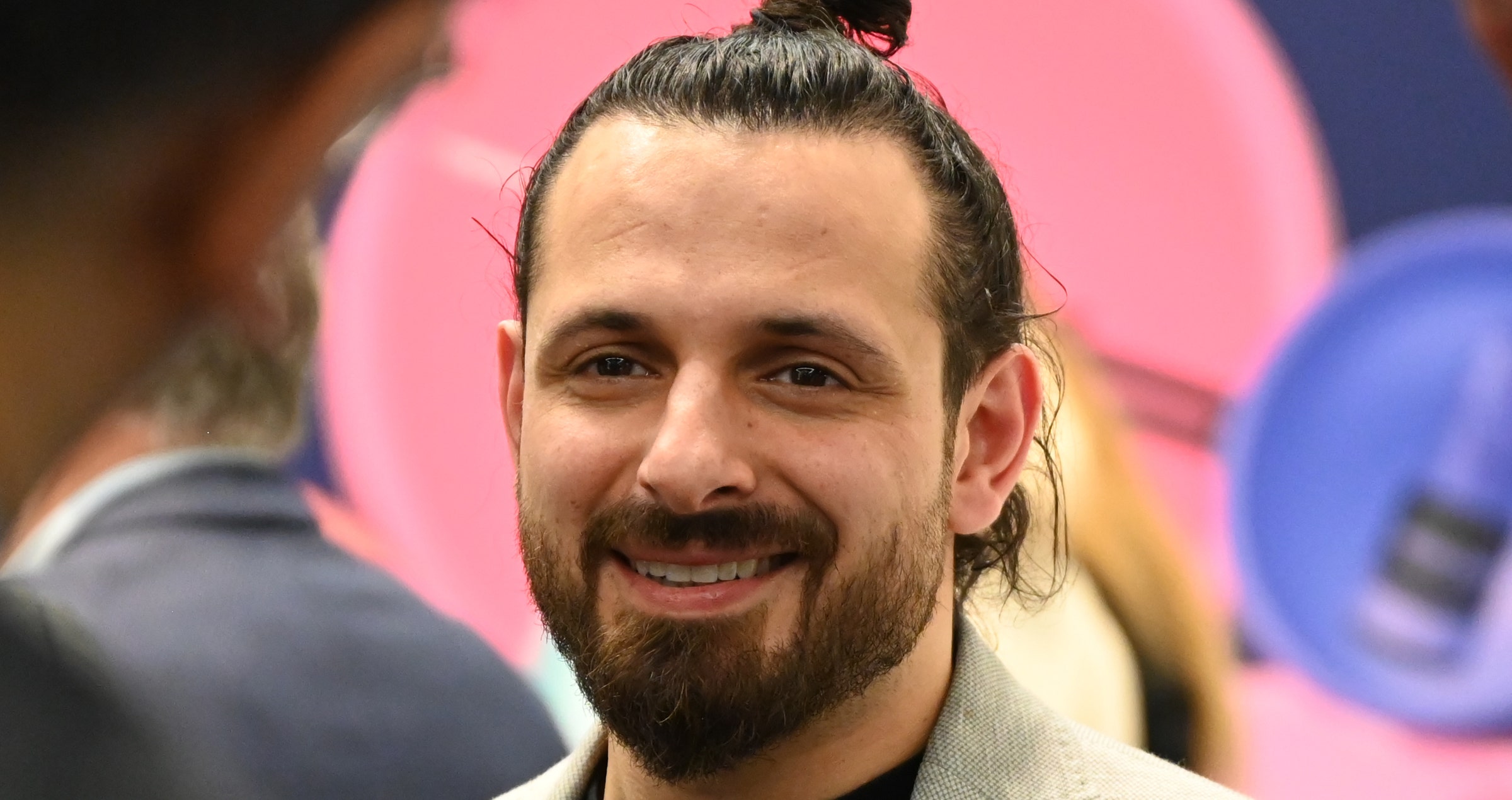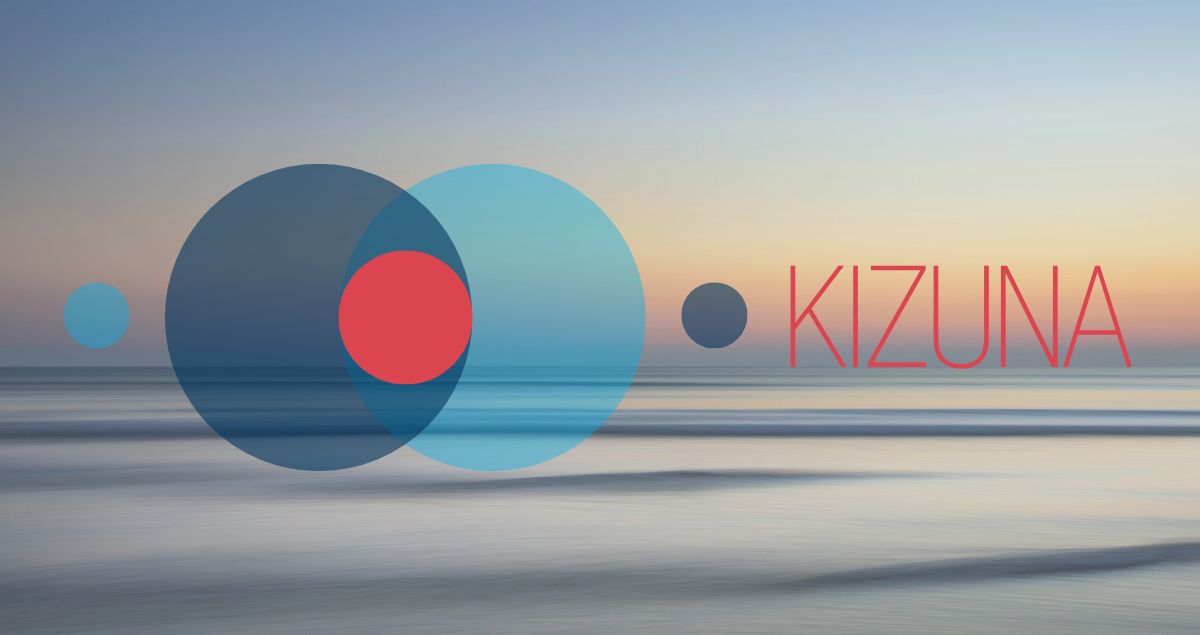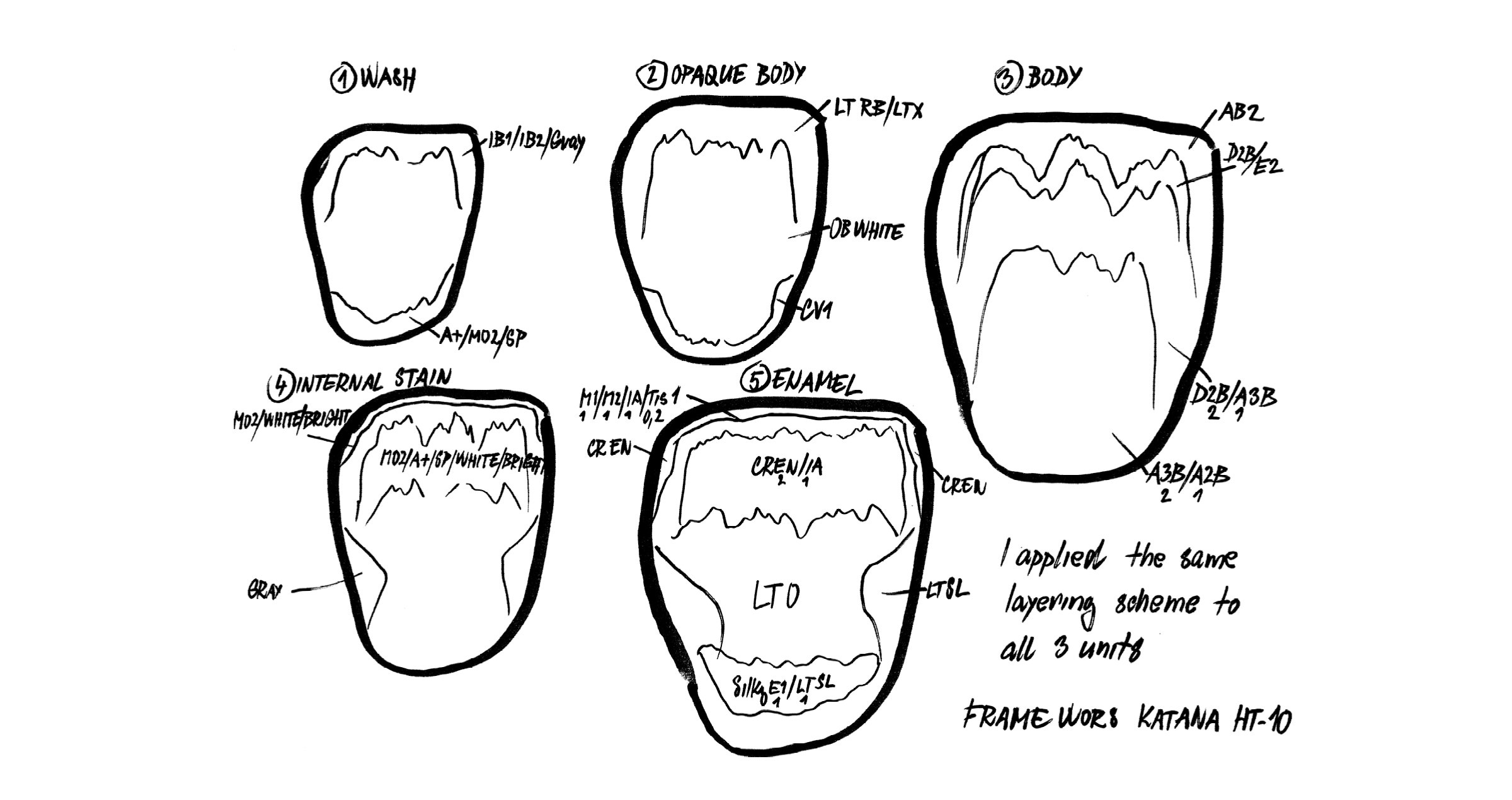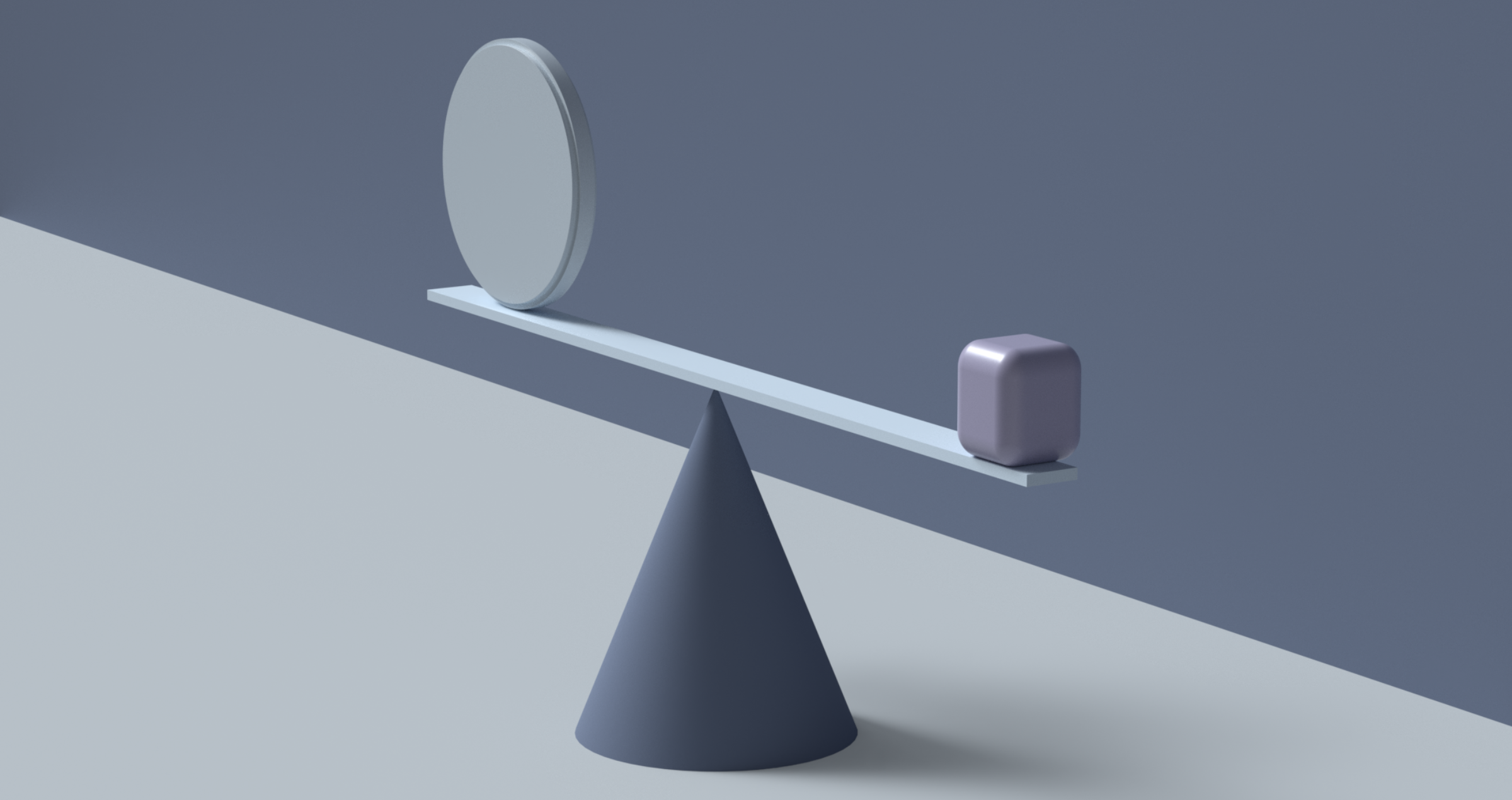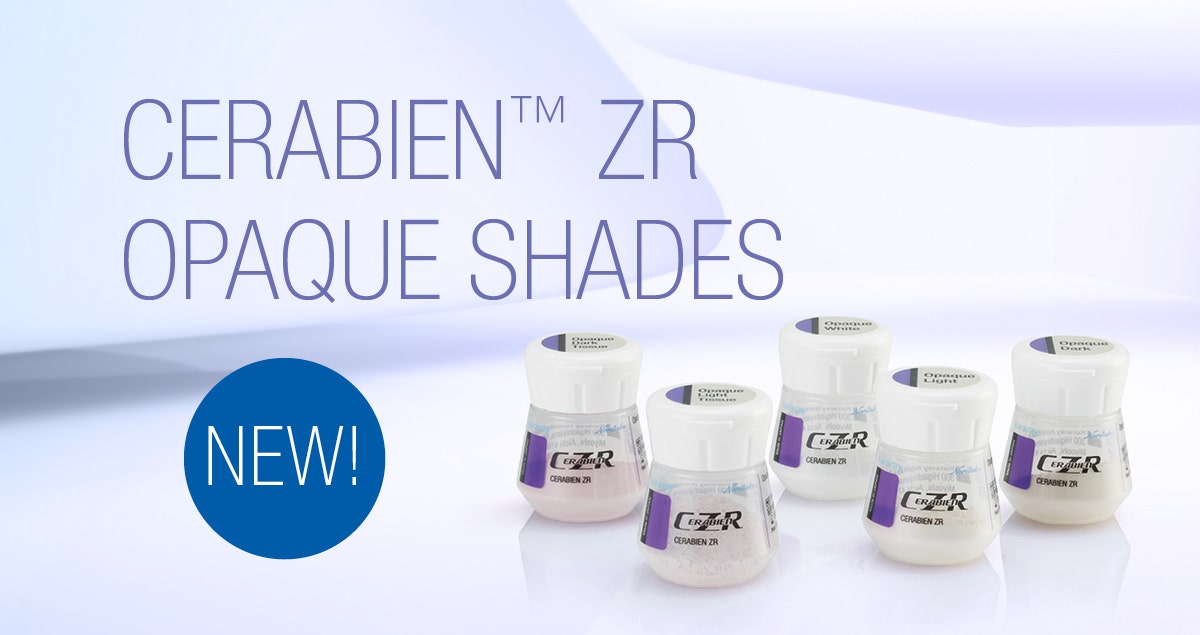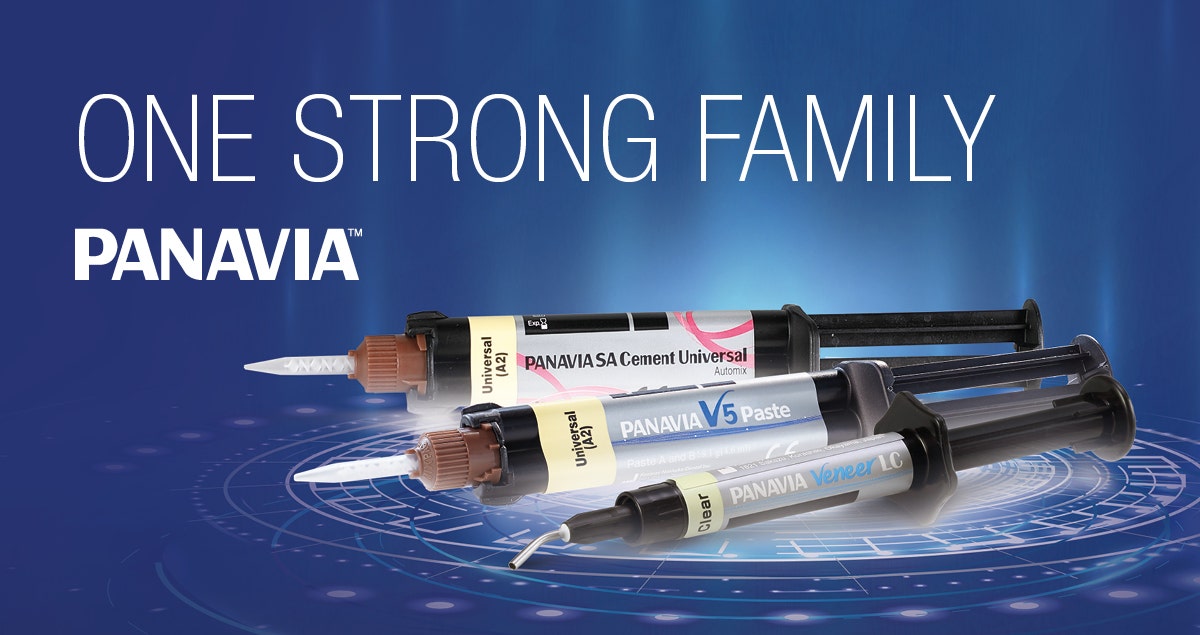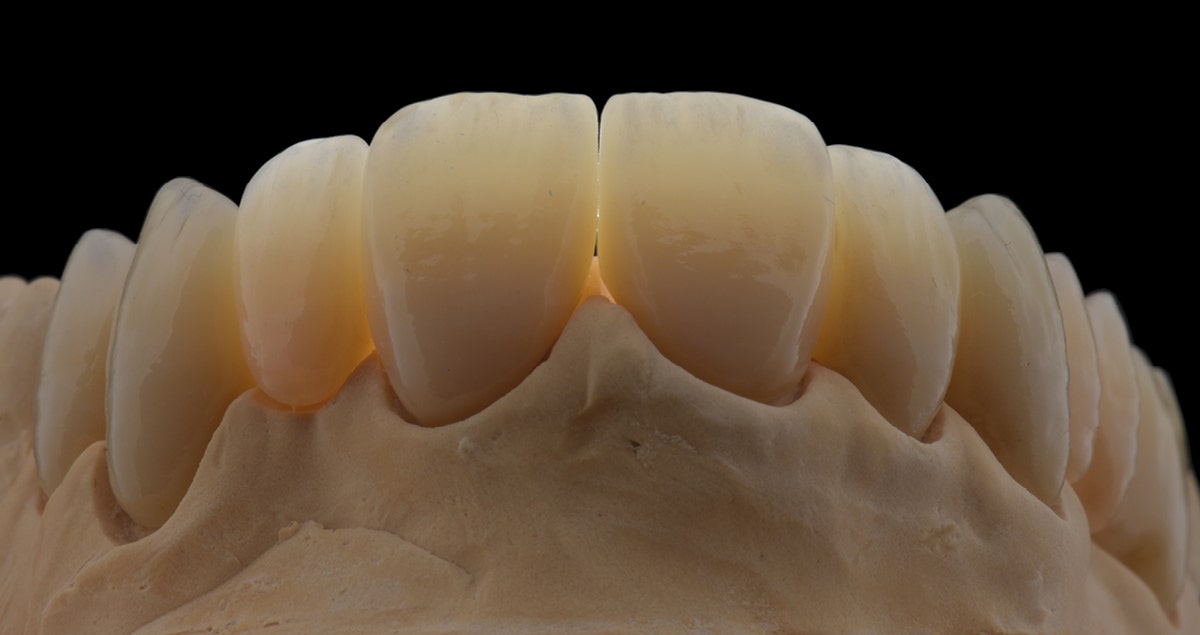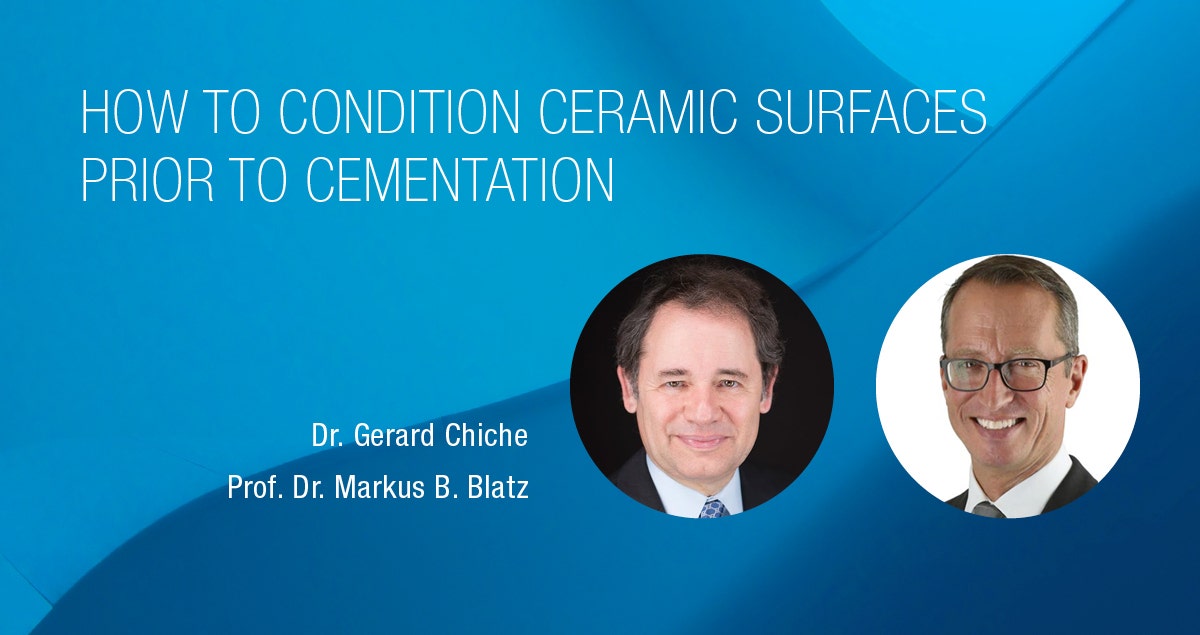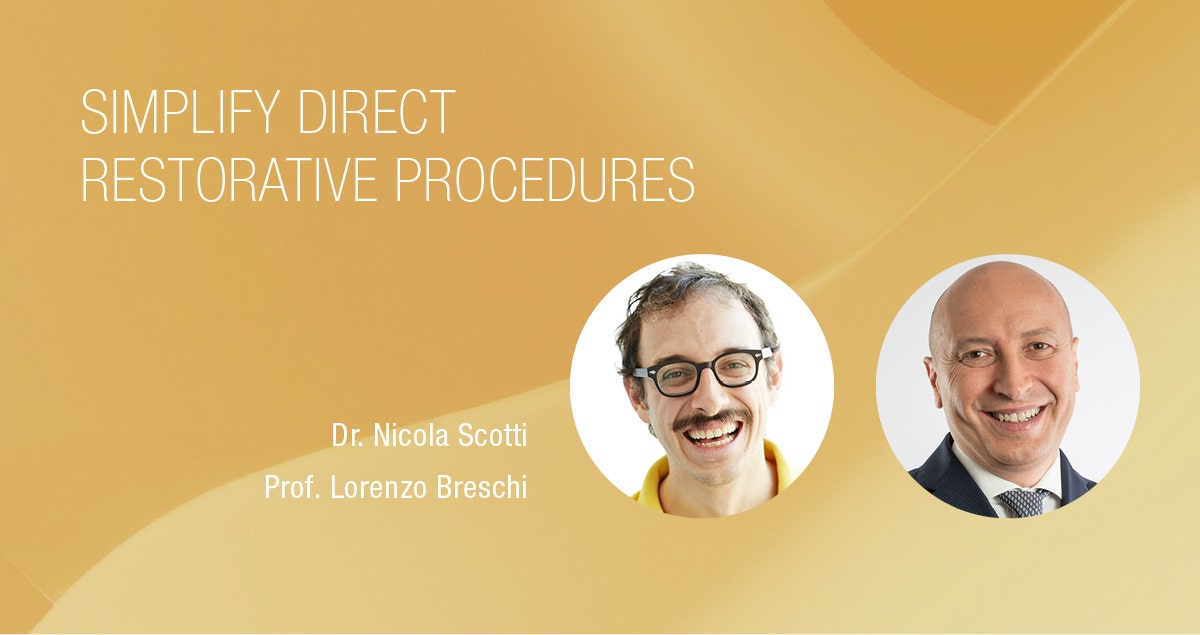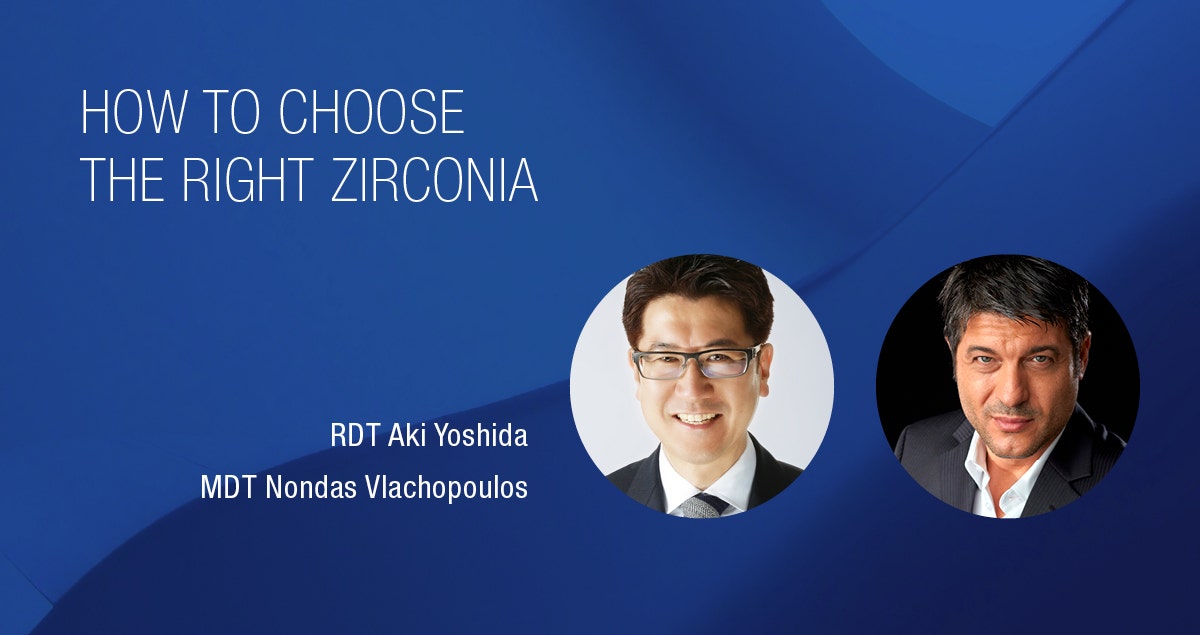CLEARFIL MAJESTY™ ES-2 Universal and CLEARFIL™ Universal Bond Quick have helped me create long-lasting and aesthetic composite restorations with little to no sensitivity for my patients.
- Donald Jetter, DMD –
Despite getting its start in the early 1900s manufacturing semi-synthetic fibers (former company of Kuraray Co., Ltd.), today, Kuraray Noritake Dental Inc. is known to clinicians as a restorative powerhouse—especially to those who have relied on its advanced material science for years to achieve consistently successful restorations. One reason for Kuraray’s success is the company’s introduction of adhesive monomers to dentistry nearly 4 decades ago. Years of careful research ultimately led to the development of the MDP monomer, whose molecular structure yields greater adhesion and a stronger chemical bond to enamel, dentin, metal, and zirconia. It is the foundation of all products in Kuraray’s CLEARFIL™ and PANAVIA™ product lines, and likely what has led teams of clinicians to crown several of these materials as DPS* Best Products.
CLEARFIL™: A STRONG BOND & AESTHETIC FILL
For restorative dentists, building a strong restoration calls for an artful combination of technique and materials. To satisfy the latter, Donald Jetter, DMD, relies on CLEARFIL™ adhesives and composites. “We have been using Kuraray’s CLEARFIL™ composites and bonding materials in our practice for a very long time now,” he shared. “Our dental supply rep first suggested the material to us as a cost-effective alternative to the composite we were previously using, and that she always received positive feedback from other doctors who had tried it. I reluctantly ordered some and have never looked back.”
After using CLEARFIL MAJESTY™ ES-2 in the A2 shade for several years with success, Dr. Jetter was excited to try out CLEARFIL MAJESTY™ ES-2 Universal, a single-shade composite for posterior restorations. It uses Light Diffusion Technology to mirror the way tooth structure distorts light, resulting in a virtually seamless blend between the restoration and surrounding dentition. Additionally, enamel-like translucency allows for easy polishing to a high gloss. “The new universal shade seems just a bit lighter than the A2 shade but works well to match adjacent tooth structure,” said Dr. Jetter. “I tried another universal shade product that came out prior to CLEARFIL MAJESTY™ ES-2 Universal, but I experienced material failure with it, and it did not handle as well as Kuraray’s material.”
CLEARFIL MAJESTY™ ES-2 Universal pairs well with CLEARFIL™ Universal Bond Quick, a single-bottle adhesive that houses both the original MDP monomer and AMIDE-based chemistry, which rapidly permeates dentin and enamel to eliminate waiting time and dramatically reduce water absorption. Together, the two monomers provide a unique Rapid Bond Technology. Dr. Jetter and his team has been using CLEARFIL™ Universal Bond Quick since it first came to market, after successfully using its predecessor, CLEARFIL™ Universal Bond, for many years. “I like these products because they are single-bottle, fluoride-releasing, universal adhesives with low odor that help achieve less postop sensitivity,” he shared. “I would highly recommend CLEARFIL MAJESTY™ ES-2 Universal and CLEARFIL™ Universal Bond Quick to other dentists, as they’ve helped me create long-lasting and aesthetic composite restorations with little to no sensitivity for my patients.”
PANAVIA™ SA Cement Universal: CEMENTATION SIMPLIFIED
Designed to remove both primer and silane from the cementation procedure, PANAVIA™ SA Cement Universal contains not one, but two monomers: the original MDP monomer and the LCSi monomer, which allows for a strong bond to porcelain, lithium disilicate, and composite resin. “In my 12 years of clinical practice, I have tried using a variety of different cements and what I find myself gravitating toward is the versatile powerhouse of Kuraray’s PANAVIA™, which makes sense since Kuraray revolutionized bonding by introducing the MDP monomer to the world,” said Bilyana Tesic, DDS, who practices in Monterey, CA. After using earlier generations of PANAVIA™ cements, which required mixing several bottles together before application, Dr. Tesic was excited when PANAVIA™ SA Cement Universal changed all that. “PANAVIA™ SA Cement Universal simplified this process into a single step delivered via automix dispenser. Voilà! One cement to rule them all.” Dr. Tesic has been using PANAVIA™ SA Cement Universal for the past two years, and what she appreciates most about the material is its versatility. “It is a self-adhesive, radiopaque, dual-cure resin cement that bonds to enamel, dentin, composite, semi-precious and precious metal, porcelain, fiber posts, and zirconia. It’s easy to dispense and even easier to clean up. Fast setting time, no need to refrigerate, and no postop sensitivity. That all adds up to no headache. I recommend it to anyone looking to simplify their cementation protocols without losing any bond strength.”
PANAVIA™ V5: 'V' IS FOR VERSATILITY
The strongest dentin bonding cement that Kuraray has ever developed, PANAVIA™ V5 simplifies cementation of crowns, bridges, inlays, onlays, veneers, and posts and cores. PANAVIA™ V5’s MDP-based Tooth Primer offers high bond strength in the self-cure mode thanks to unique catalyst technology, while a 1-bottle surface treatment applies to all indirect restorations. “I loved being able to cement a metal post-and-core and ceramic crown all at the same time with the same product,” said Dr. J. Jerald Boseman, who took part in the DPS product review of PANAVIA™ V5. He added that the cement was easier to use, had a longer set time, and was less technique-sensitive than similar products. Available in 5 shades–White, Brown, Universal, Clear, and Opaque–with corresponding try-in pastes, PANAVIA™ V5 offers easy removal of excess cement after light-curing. Just one drop creates a durable bond to hydroxyapatite, metals, composites, and zirconia. “So far, the retention has been good with excellent handling properties,” shared J. Michael Heider, DDS, who has also used previous generations of PANAVIA™ products. “I’m glad to see the best characteristics of PANAVIA™ are being improved further.”


